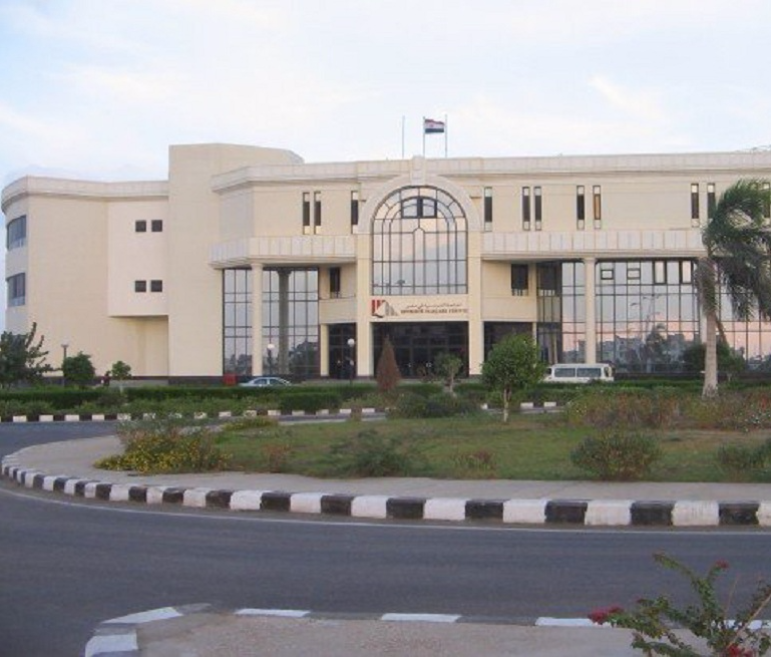Studies & Master planning
At ECG, we understand that master planning guides growth and development, and as such is paramount to the future success of all projects. This is why we really give it our all.
Our master planning approach covers urban planning, land-use planning, transportation facilities, open spaces, and public services, as well as environment and heritage conservation precincts; and if this is not enough, we conduct a broad range of other studies pertaining to air, soil, water, health, and safety.
These studies include Economic Impact Analyses, Energy Efficiency Potential Studies, Environmental Impact Assessments, Feasibility Studies, Geotechnical & Ground Engineering Studies, GIS Studies, Hazard & Operability Studies (HAZOP), Hydrologic & Hydraulic Studies, Land Valuations, Marketing Researches, Population Studies, Real Estate & Asset Appraisals, Social Impact Assessments, Solid Waste Management Studies, Traffic Impact Assessments, Urban Development Studies, and water, air, and soil characterizations.
This meticulous attention to detail and comprehensive approach has paid off. Today, we are the trusted name in the field of engineering consultancy both nationally and globally. In addition, we take great pride in that.
see projects related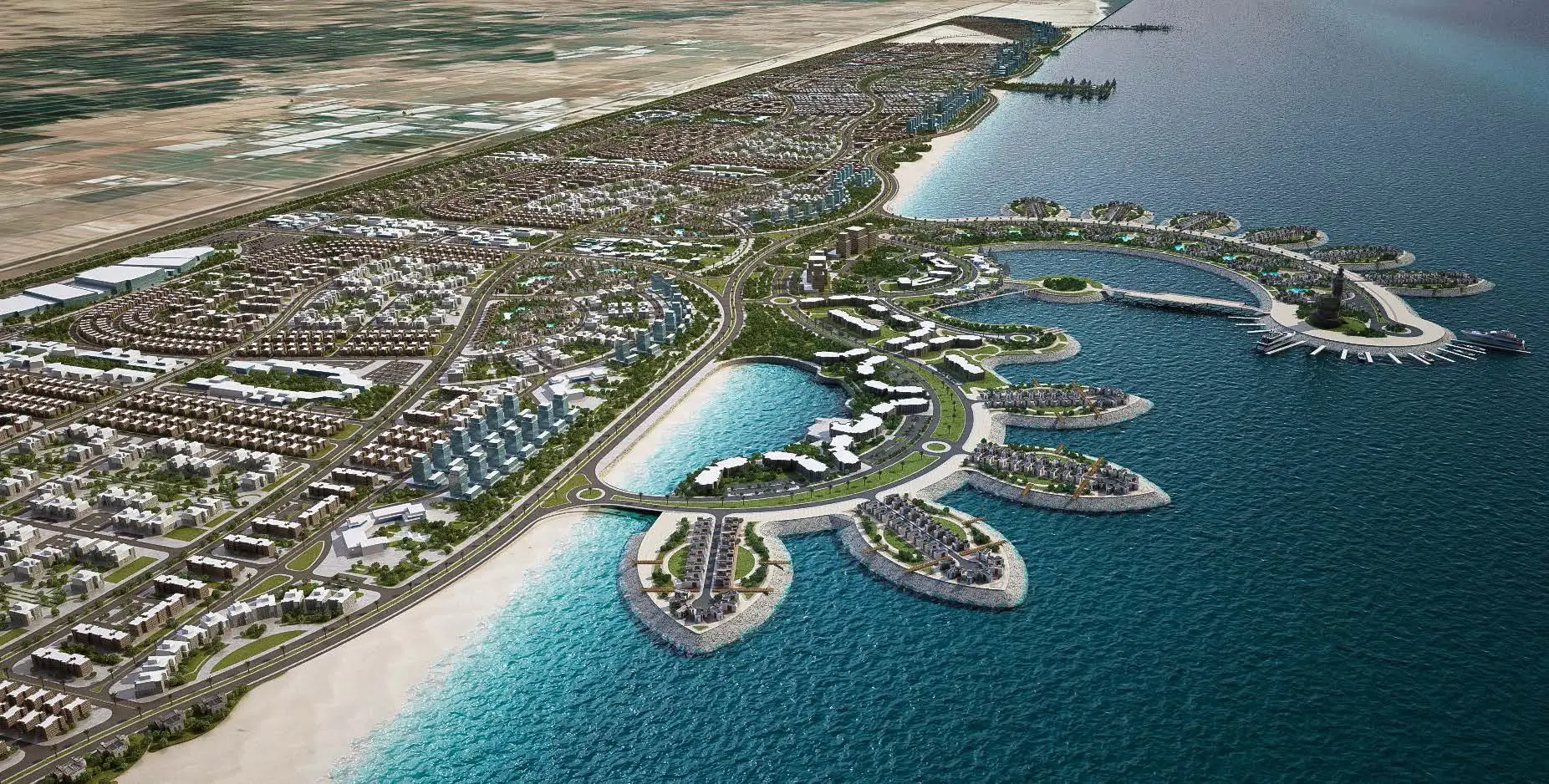
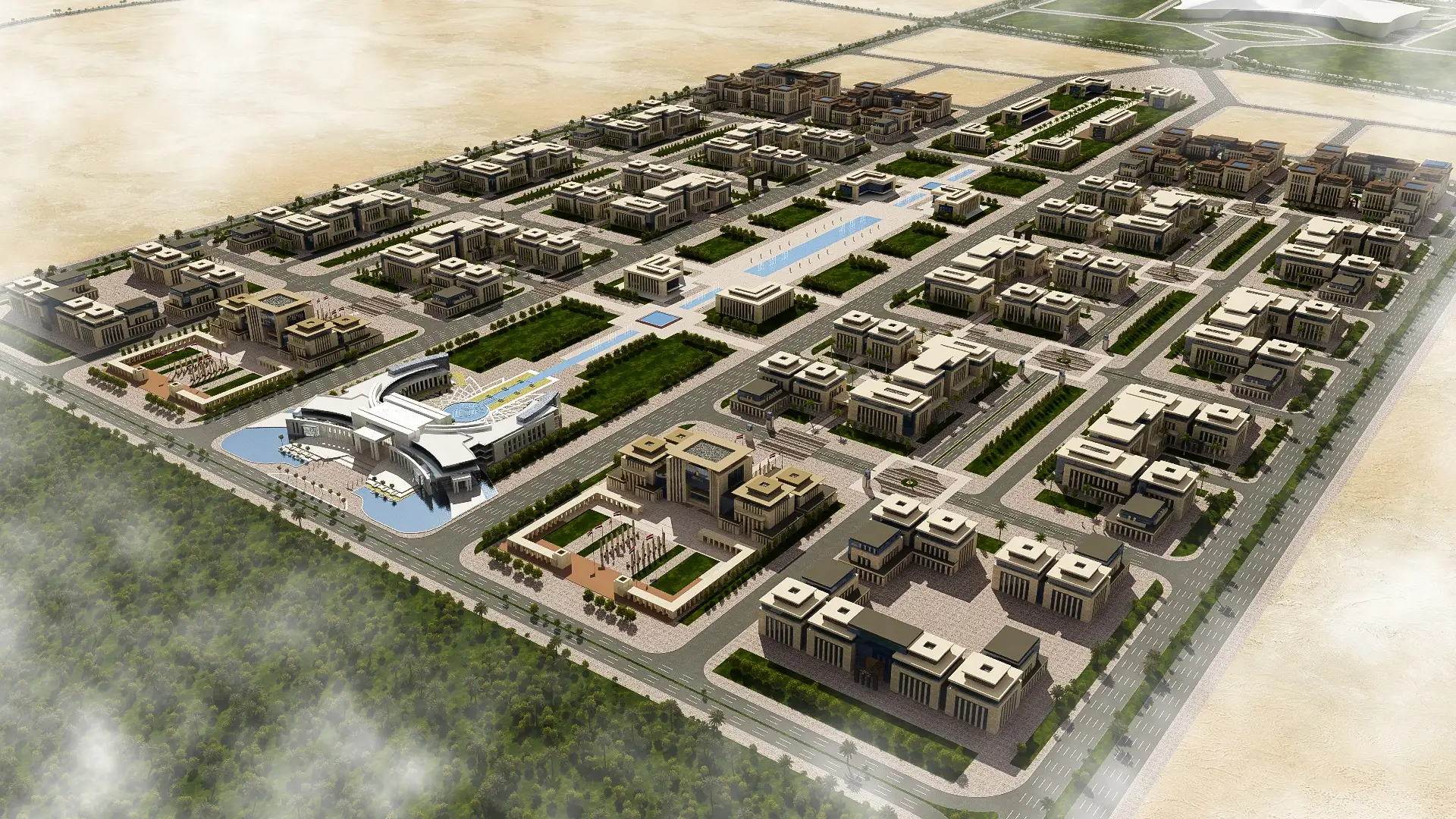
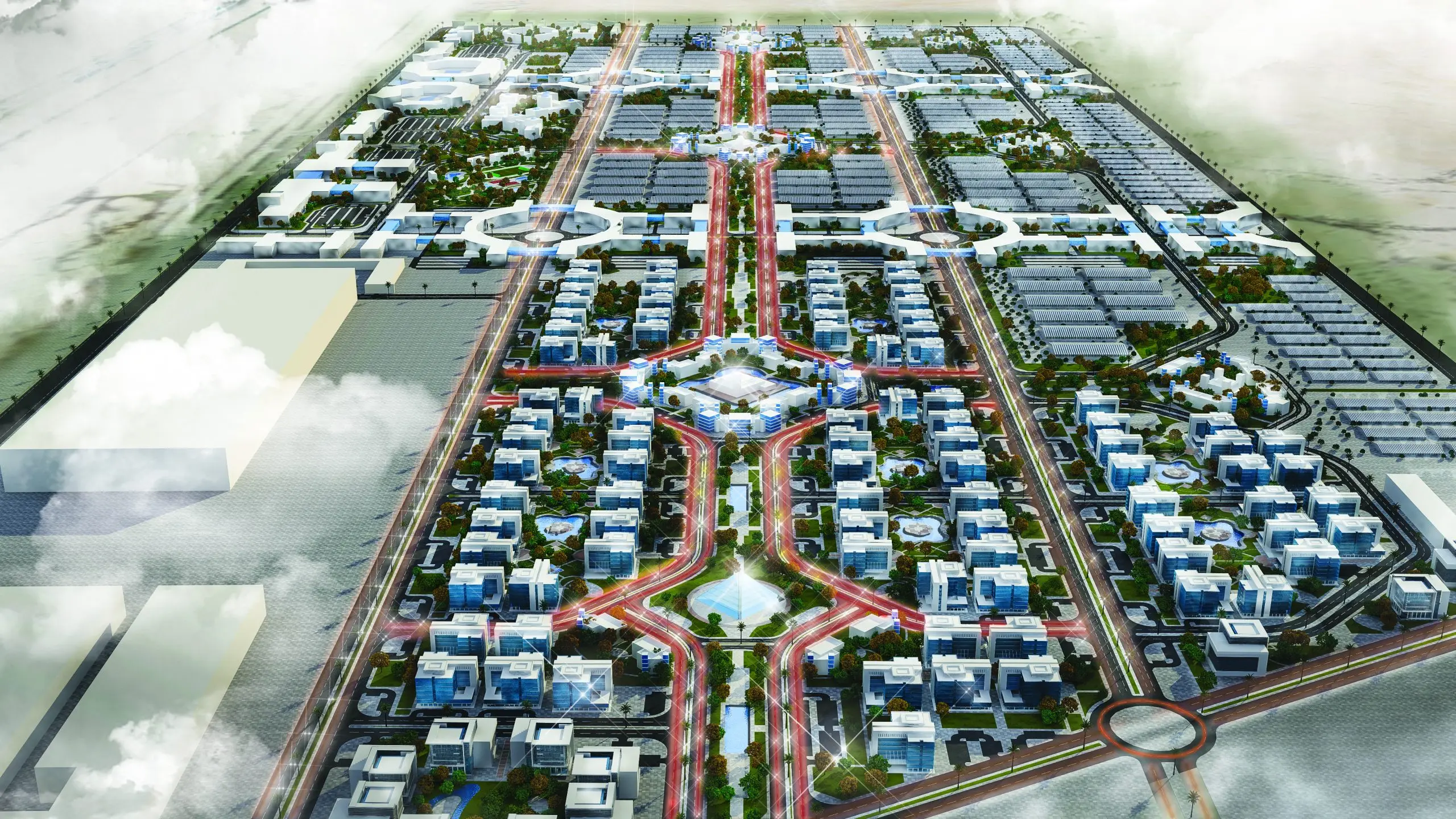
Alexandria Wastewater Program (Phase II)
Scope of Work
ECG scope, with others, included providing construction management services for Alexandria Wastewater Program (Phase II). This included the administration of Host Country Construction Contracts awarded for the construction of wastewater treatment facilities, pumping stations and support facilities. The intent was to award Design/Build Contracts for the subject facilities in accordance with the USAID regulations for Two-Stage Bidding procedure.
The construction management services comprised the following tasks:
- Review of environmental assessments.
- Review of soil investigation.
- Surveying sites for facilities and/or pipeline routes.
- Prequalification of Design/Build contractors.
- Review of Bases of Design Reports for the subject facilities. Review of criteria for a comprehensive Quality Control Program for Design/ Build contracts.
- Review of the necessary Invitations for Tenders (IFT).
- Review of cost estimates.
- Evaluation of technical and commercial tenders.
- Monitoring of all construction activities.
- Staff Training on maintenance of facilities.
- Provision of claims handling and arbitration assistance as required.
- Providing the primary survey control for the Construction Contractor.
- Providing related complementary support activities to the Alexandria General Organization for Sanitary Drainage (AGOSD) in the following categories: administration, engineering, design, inspection, maintenance and procurement.
- Overall direction and management of the project.
This program aimed at expanding the treatment capacities of Alexandria’s East and West Wastewater Treatment Plants, increasing the capacities of six pumping stations, and constructing support facilities. The program was funded in part by a grant from the United States Agency for International Development USAID.
The improvements included:
- Expansion of the treatment capacity and other improvements to the six major pump stations, namely: Ras ElSoda, Maamoura, Sporting, Smouha, Sidi Bishr and East Zone.
- Expansion of the east primary treatment plant from a capacity of 410,000 m3 / day to 607,000 m3 / day, and expansion of the west primary treatment plant from a capacity of 186,000 m3 / day to 460,000 m3 / day.
- Expansion of the sludge dewatering and disposal facilities to accept the sludge from the expanded treatment plants, and facilities at the mechanical dewatering facilities to improve odor control.
- Provision of additional support facilities, including a training/service center, workshops, a garage, storage areas, and other ancillary buildings and equipment.
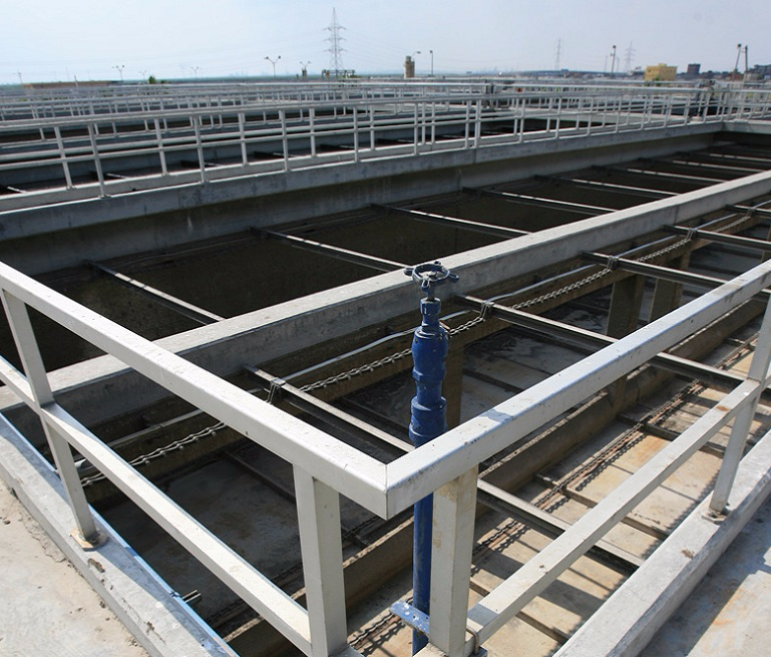
Alexandria Wastewater Program (Phase I)
Alexandria’s sewer and storm-water networks, pumping stations, and treatment plants were old and deteriorating.
Sewer breaks were frequent and untreated sewage flooded over the city streets. Raw sewage was directly discharged into the Mediterranean Sea, polluting both the sea and the beaches. To address such critical situation, a phased implementation plan was initiated by the Government of Egypt and funded by the USAID to improve and expand Alexandria’s wastewater system.
ECG, in joint venture with two global US consultants Metcalf & Eddy and CH2MHill, designed and supervised the construction of pumping stations, two major treatment plants, two bored tunnels of 21 km length and up to 1,200 mm diameter each, under-crossings, force mains, collectors, sewer networks, sea outfalls, drain improvement, sludge disposal facilities, and mechanical sludge dewatering facilities.
From 1980 to 1995, the following sub-projects were implemented under the Wastewater Upgrade Program (Phase I):
- Review and update of Alexandria Wastewater Master Plan up to the year 2000. This review included in-depth feasibility study for re-use of treated wastewater to develop an agricultural area of 70,000 acres. The review also considered the disposal of primary treated wastewater effluent through sea outfalls.
- Field investigations included comprehensive soil investigations and survey programs. The survey works comprised land survey and aerial photography for 750 km2 . Works also comprised ground control of horizontal and vertical stations tied to the national second degree network and mapping in scales of 1:1000 ,1:500 and 1:5000.
- Abu Qir Force Main: 1.2 km long and 450 mm diameter.
- Sidi Bishr Force Main: 1.3 km long and 1,000 to 1,200 mm diameter.
- Smouha Force Main: 1.7 km long and 600 to 1,800 mm diameter.
- East Zone Force Main: 5.5 km long, double line and 1,500 to 1,800 mm diameter.
- Smouha Collectors: gravity sewers 6.1 km long and 200 to 2,750 mm diameter with associated manholes.
- Sidi Bishr Collectors: gravity sewers 4.3 km long and 1,200 to 1,500 mm diameter with associated manholes.
- Abu Qir Collectors: gravity sewers 6.7 km long and 300 to 1,500 mm diameter with associated manholes.
- Smouha Sewage Networks: gravity sewers, 11 km long and 200 to 900 mm diameter with associated manholes.
- Abu Qir Sewage Networks: gravity sewers, 32 km long and 200 to 800 mm diameter with associated manholes.
- ElSiouf ElKeblia and Hagar Elnawatiya Sewage Networks: gravity sewers, 8 km long and 200 to 800 mm diameter with associated manholes.
- Hydrodrome Drain Improvement including: new transition structures and miscellaneous appurtenances.
- Smouha Drain Improvement: by adding new sewers, manholes, junction boxes, transition structures and miscellaneous appurtenances.
- New East Zone Pumping Station: 21 m deep, with maximum lifting capacity of 600,000 m3/day. For dry construction purposes, a 20 m long steel sheet piles were driven to form circular cofferdam with 54 m diameter.
- New Smouha Pumping Station: 17 m deep, with maximum lifting capacity of 340,000 m3/day. For dry construction purposes, a 20 m long steel sheet piles were driven to form a circular cofferdam with 45 m diameter. An intensive dewatering system was designed and implemented during the construction period.
- New Sidi Bishr Pumping Station: 13 m deep, with maximum lifting capacity of 165,000 m3/day.
- New Maamoura Pumping Station: 12 m deep, with maximum lifting capacity of 100,000 m3/day. For dry construction purposes, a 20 m long steel sheet piles were driven to form a circular cofferdam with 45 m diameter. An intensive dewatering system was designed and implemented during the construction period.
- Upgrading the East Treatment Plant including: new headwork structures, a new flow split structure, demolishing existing clarifiers and constructing eight (8) new ones, eight (8) new pumping stations and a new on-site employee housing. (further description of the project is included in the subsequent sheets).
- Upgrading the West Treatment Plant including: new influent pumping station (955,500 m3/day), new headworks, new primary sedimentation tanks, yard piping (200 mm to 2,750 mm diameter), modifications to existing building and new on-site employee housing (further description of the project is included in the subsequent sheets).
- ElSiouf ElKeblia and West Zone Tunnels: 21 km long of 1,200 mm diameter each. Tunneling execution was either by using tunneling boring machine or by shield and jacking equipment according to soil characteristics. All manholes were constructed by sinking caisson method.
- Smouha and East Zone Undercrossings including:
- – Smouha force main undercrossings with two highways and a double-track branch line railroad (by jacking method) and with a canal (by tunnel boring machine).
- East Zone force main undercrossings with two highways and a doubletrack main line railroad (by jacking method) and with a canal (by tunnel boring machine).
- Smouha drain undercrossing with two highways and a double track branch line railroad (by jacking method).
- Sludge Disposal Facilities: for the disposal of sludge, grit, scum and screenings of the treatment plants.
- Mechanical Sludge Dewatering Facilities: including new sludge equalization tanks; new dewatering pump station with equalization tank; blower and sludge transfer pumps; new dewatering building with sludge feed pumps; belt filter passing polymer system and sludge cake conveyors.
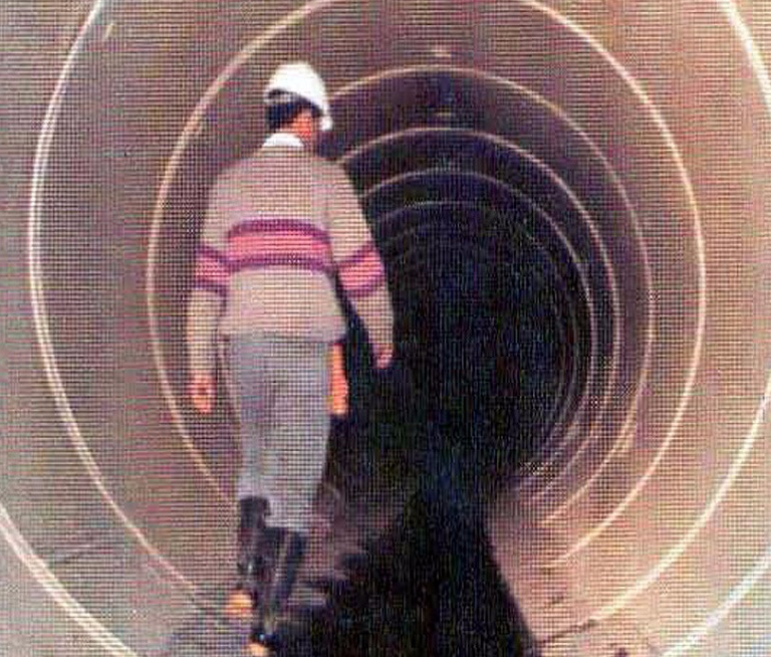
Alexandria West Wastewater Treatment Plant
ECG, in joint venture with others, performed the following services:
- All necessary survey, studies, preliminary and detailed designs, tender documents and cost estimates.
- Advising and assisting AGOSD in evaluating tenders and awarding equipment and construction contracts.
- Performing construction management and supervision services during the construction phase.
- Training AGOSD personnel on the Operation and Maintenance (O&M) of the project.
- Preparing O&M Manuals.
- Assisting in starting-up and initial operation of the project.
As part of the Alexandria Wastewater Program (Phase I), this project aimed at upgrading Alexandria West Treatment Plant to an average capacity of 186,000 m3 / day.
The project includes improvements to existing treatment facilities and construction of new structures for the primary treatment of wastewater.
The upgrading program includes the following major items:
• New influent pumping station (955,000 m3 /day – circular slurry wall 54 m diameter).
- New headwork.
- New primary clarifiers.
- New sludge-blending pumping station.
- New primary sludge pumps, scum pumps and W2 water pumps with hydro-pneumatic tank.
- New staff housing.
- Modifications of the existing building to house W2 water pumps and blowers.
- Modifications of existing building to serve as workshop and storage facility.
- Modifications of existing grit tanks to serve as W2 storage reservoir.
- Yard piping (200 mm to 2750 mm diameter).
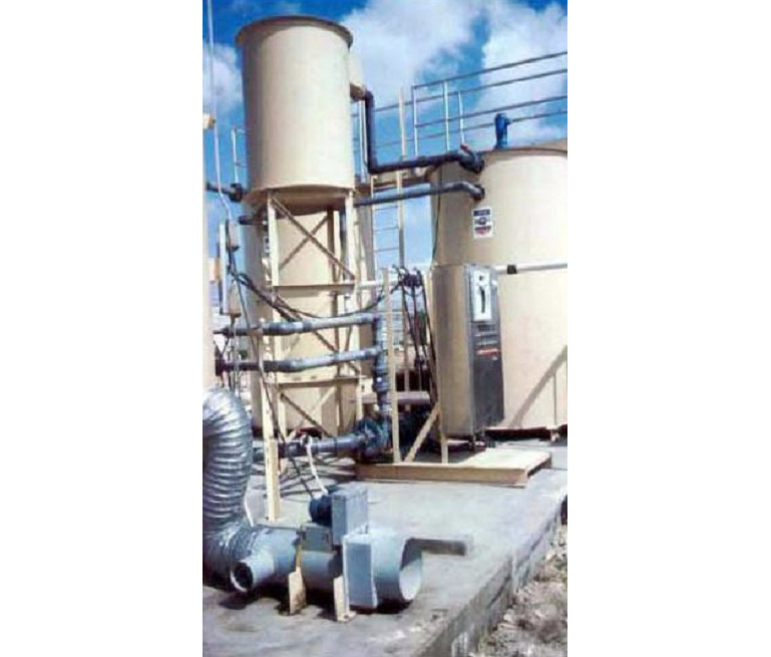
Alexandria East Wastewater Treatment Plant
ECG, in joint venture with others, performed the following services:
- All necessary surveys, studies, preliminary and detailed designs, tender documents and cost estimates.
- Advising and assisting AGOSD in evaluating tenders and awarding equipment and construction contracts.
- Performing construction management and supervision services during the construction phase.
- Training AGOSD personnel on the operation and maintenance (O&M) of the project.
- Preparing O&M Manuals.
- Assisting in starting-up and initial operation of the project.
As part of the Alexandria Wastewater Program (Phase I), this project aimed at upgrading Alexandria East Treatment Plant to an average capacity of 410,000 m3 /day.
The project included improvement of existing treatment facilities and construction of new structures for the primary treatment of wastewater.
The upgrading program included the following major components:
- New headwork structure for screening, grit and scum removal and fl ow measurement.
- New flow split structure.
- Construction of new eight (8) clarifiers, each of 35 mm diameter and 4.5 depth.
- Eight (8) new pumping stations including four (4) primary sludge pumping stations, a sludge transfer pumping station, a W2 water pumping station, a recycle pumping station and an employee housing wastewater pumping station.
- New on-site employee housing.
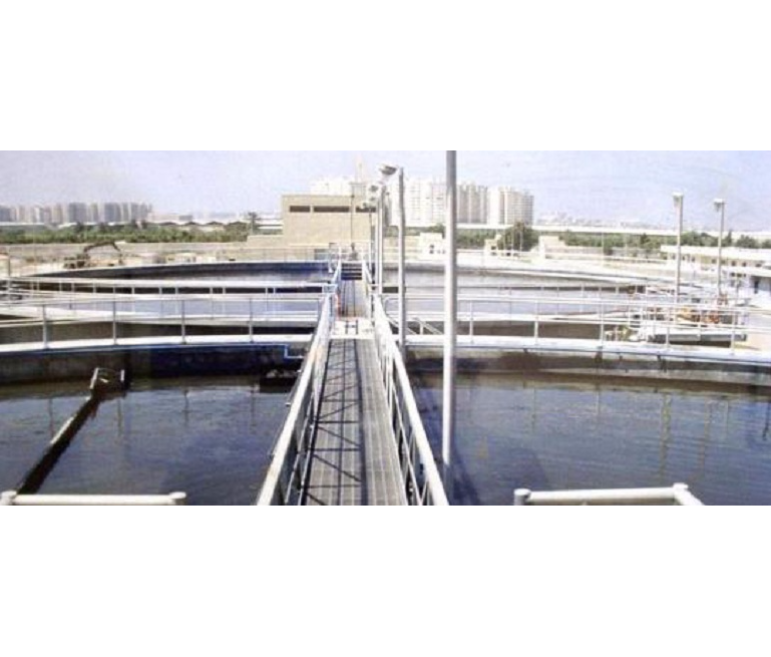
Dukhan New Roads & Upgrading of Existing Roads
The Dukhan field covers an area of 767 km² approximately stretching north to south and east to west about 80 and 17 km respectively. It comprises oil and gas facilities and supporting infrastructures & services which are connected with a dual carriage way spine for ease of traffic movement.
Upgrade of the existing roads was essential to facilitate accessibility and timely emergency response through incorporating installations to complete Dukhan road network.
The project phases were developed along the spine road connecting QP staff accommodation to near Dukhan Operations Management Building. The total number of housing units is approximately 1,680 to accommodate about 800 families and 880 bachelors. Likewise, the new Dukhan Operations Management Building has been completed and is operational. It accommodates about 600 personnel. Due to these facilities, there will be substantial increase in the traffic on these roads. Hence, there is a critical need to upgrade the existing roads to cope with increased traffic.
The project aims to facilitate access to QP installations lying north west of the Dukhan Town (Khattiyah north area) for fire fighting vehicles as well as day-to-day maintenance operations. The road started at the QP Accomodation building roundabout to the Khattiyah north roundabout with an average length of 6.50Km, passing over many gas and pipelines crossings which were considered in the design process.
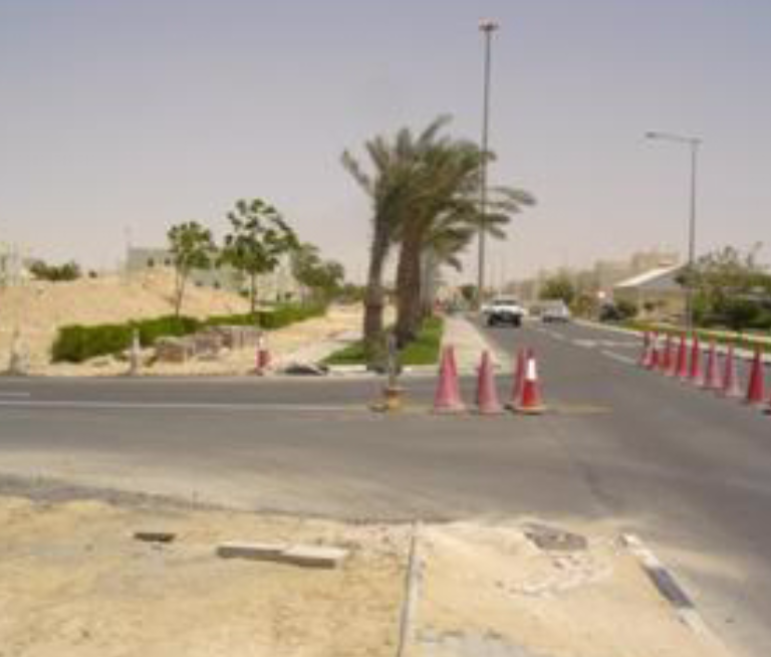
L’Universite Francaise D’Egypte
The project involves the assessment and rehabilitation of an existing construction in Al-Sherouk City central area to accommodate the French University facilities in Egypt.
The 3-storey building encompasses four different faculties, administration facilities, 250-seat theater, labs, main library and other specialized libraries, and indoor and outdoor entertainment facilities distributed as follows:
- Ground floor: entrance hall, three computer labs, main language lab, eight classrooms, theater, main library cafeteria and electromechanical and maintenance facilities
- First floor: lecture and exhibition rooms and six computer labs, in addition to staff and administrative offices
- Second floor: ten language labs, large lecture rooms, ten computer labs, and specialized libraries
